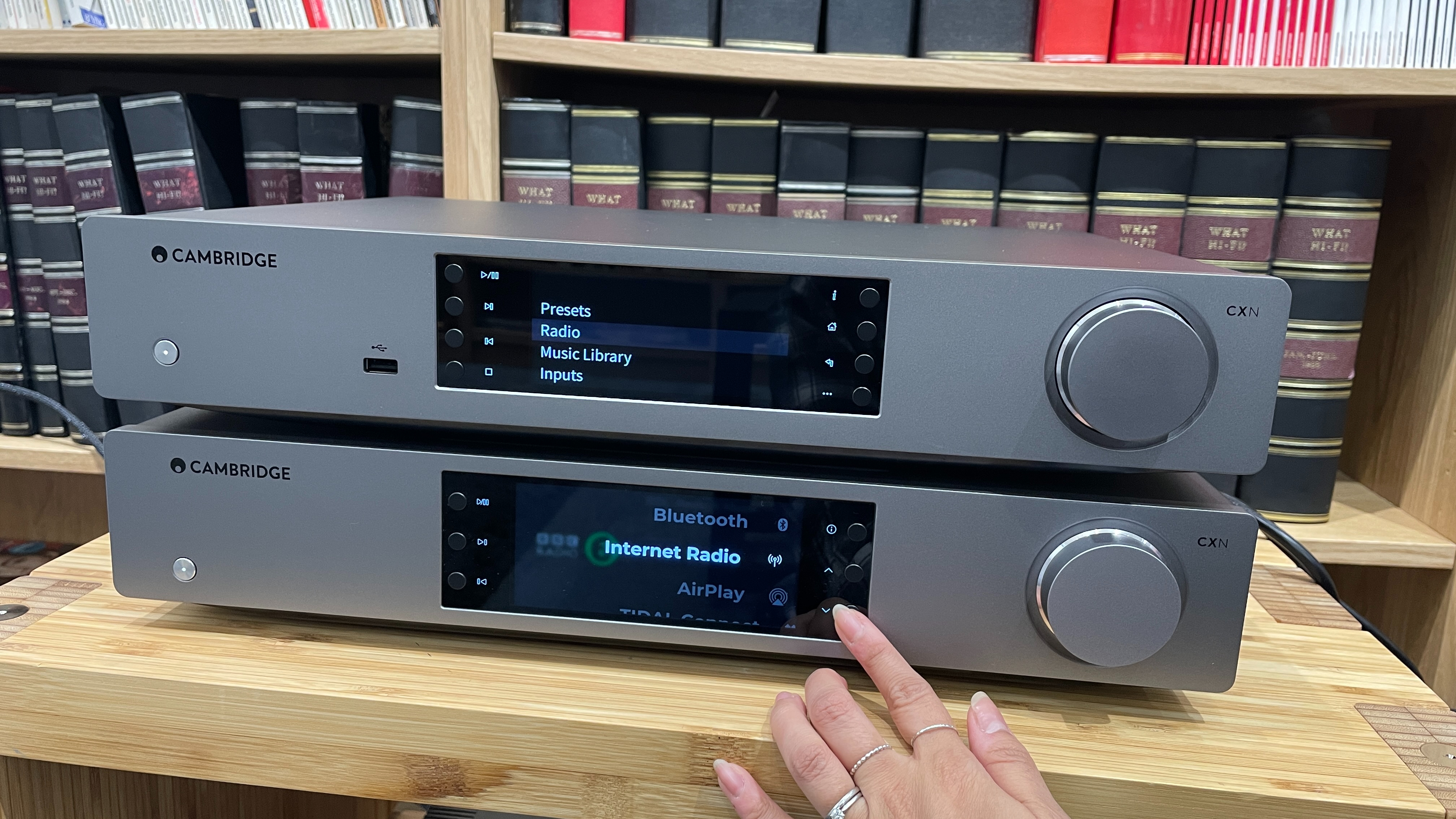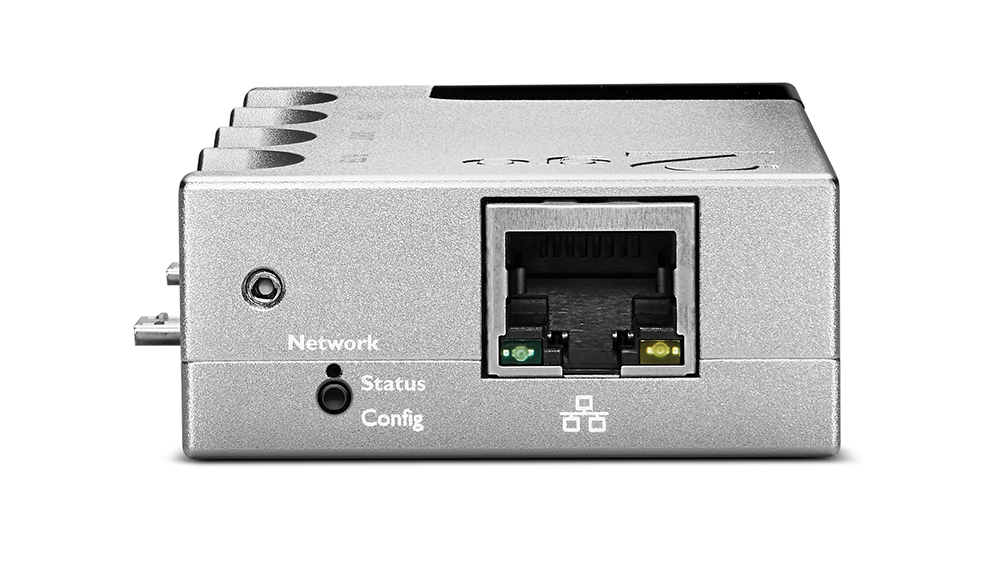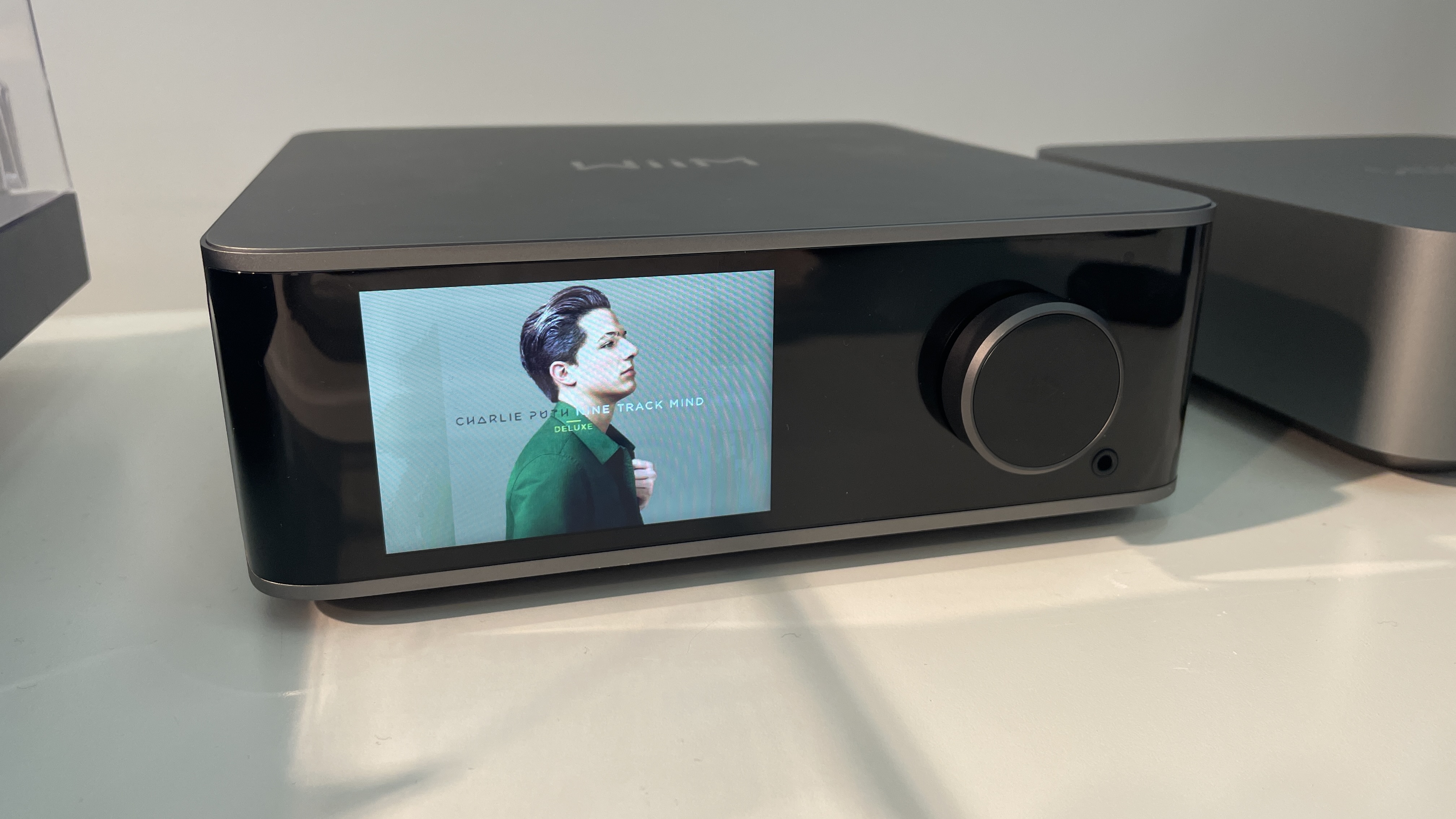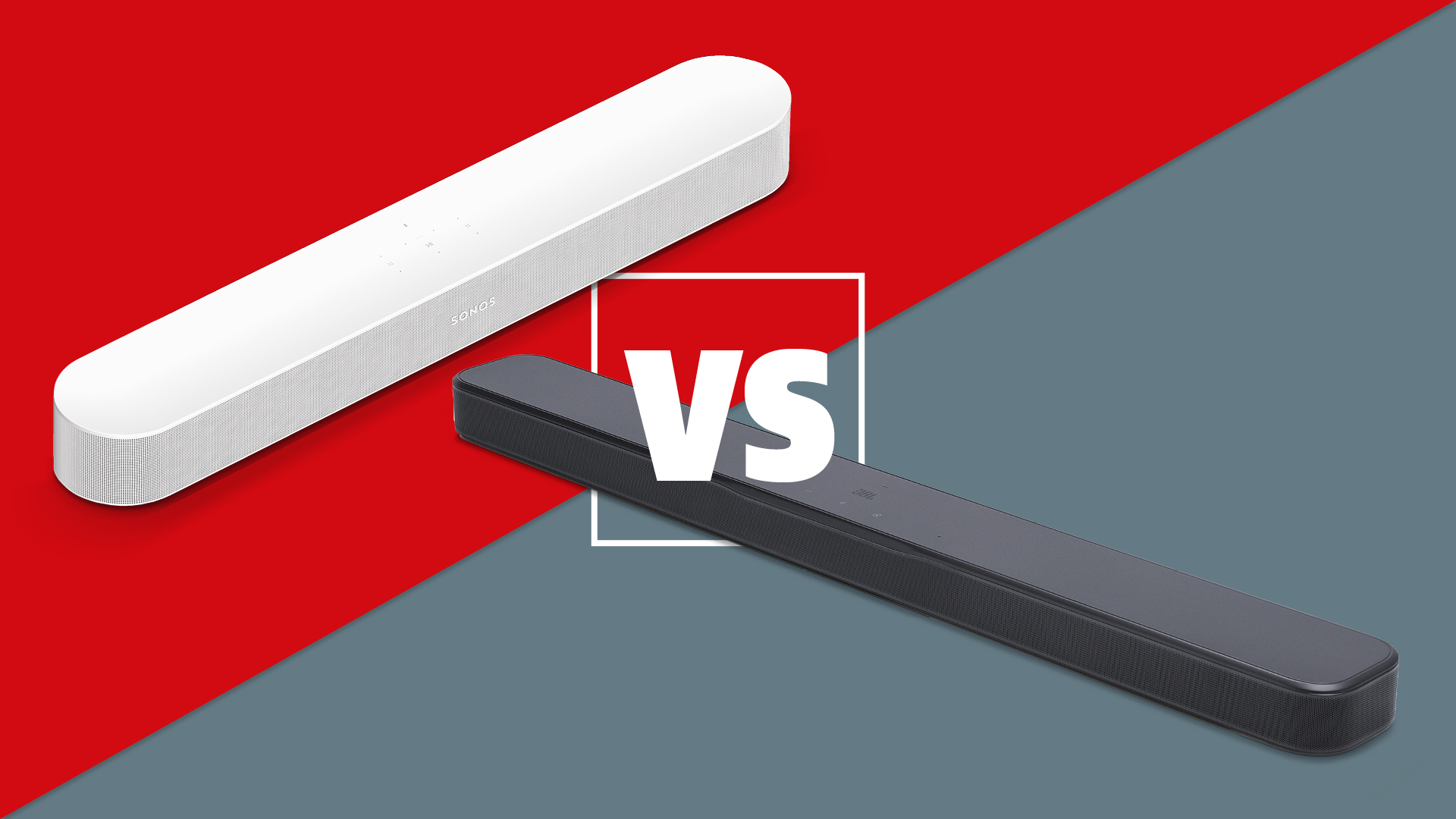Buying a music streamer? Avoid these 10 easy mistakes
Stream like a pro

Looking to catapult your hi-fi system into the 21st century by plonking a modern-day music streamer next to your CD player and/or turntable, or building a system from scratch with one at the helm? Then you should prepare yourself for music listening convenience like never before.
But be warned, despite a streamer’s relative operational simplicity, there are some must-dos and "that's probably not a good idea" factors to consider before picking which streamer is best for your needs.
Which is why we made this guide, detailing how to avoid these 10 easy-to-make mistakes and stream like a Gen Z pro…
1. Don't get hung up on numbers
It is easy to fall into the spec sheet trap and compare music streamers based on how many boxes they tick and how big the numbers are, but think: would you benefit from a streamer that supports 32-bit/384kHz files over one that supports ‘only’ 24-bit/192kHz? Does it matter if one doesn’t support Chromecast if you wouldn’t use it anyway?
Think about what and how you stream. If you purely want to stream from hi-res services like Tidal or Qobuz, the majority of streams are 96kHz and below. Got a digital musical library of your own? The chances are you’re storing them as 192kHz files or less. Do you need DSD or MQA support?
Likewise, while we admire manufacturers who go to the trouble (and pay the license fees) to support all the streaming protocols, like AirPlay and Chromecast, to appeal to the most customers, does it really matter if a streamer doesn’t have one you wouldn’t use anyway?
2. Don't disregard control options
We’ve reviewed hundreds of music streamers over the years, and we can confidently tell you that to a large extent they live or die on their user experience. Using them often requires navigating large streaming service catalogue and/or libraries of stored music, so you want it to be a seamless experience. Look into which manufacturers offer the best companion app operation (it’s always something we dive into during our music streamer reviews) or, alternatively, if you like and are familiar with your streaming service’s interface, then find a streamer that allows you to cast directly to it from the service’s native app. For example, Apple Music can be cast over AirPlay, Spotify over Spotify Connect, and Tidal over Chromecast or Tidal Connect.
The latest hi-fi, home cinema and tech news, reviews, buying advice and deals, direct to your inbox.
3. Don't stream over Bluetooth... if you don't need to
Bluetooth is handy for several reasons: it’s easy to pair devices together, it doesn’t require an internet connection, nearly every source device you’d be streaming from supports it, and you can control playback from the comfort of your preferred streaming app. But the downsides – and they’re biggies – is the technology's limited sound quality and range. Bluetooth transmission typically has a much more limited bandwidth and range than the internet and cannot pass through hi-res files unharmed or as reliably. It’s great for odd casual streaming – or when your wi-fi is down – but stick to streaming over your network for the best sounding and most stable experience.
If you’re a very casual streamer because you mostly get your music fix via your turntable and/or CD player, and happily subscribe to a service without lossless or hi-res streaming (such as Spotify), streaming over Bluetooth may be just fine for you. If that’s the case, perhaps consider a cheaper and inevitably smaller (even more so than the WiiM Pro streamer) Bluetooth receiver like the iFi Zen Blue instead.
4. Don't connect over wi-fi... if you don't need to
OK so we’ve just recommended streaming over wi-fi, but if a streamer has an Ethernet socket (which it inevitably does), we would strongly consider wiring it to your network router if you can accommodate that placement in terms of positioning and cabling. It will be more stable and offer greater bandwidth, thus improving performance and avoiding any potential buffering issues.

5. Don't underspend
As we penned recently, common hi-fi system-building advice is that each main part of a system should cost roughly the same. You shouldn’t be tied to that ethos as, “given production costs, methods and materials used, it is highly unlikely that a £500 record player and a similarly priced amplifier are on the same rung of sonic ability in their respective categories.” But, in this specific category spending roughly the same on a music streamer as a pair of speakers is indeed sensible.
Don’t underspend – just because they’re small digital boxes with generally fewer components than many electronics and often no screen display, they aren’t something to scrimp on. Check out this What Hi-Fi?-recommended system if your total system budget (or current system value) is around £2000 / $2800.
6. Think about your source material
If you’re spending time and money on a hi-fi system with a music streamer, playing low-quality music through it would be akin to solely watching ‘90s soap operas through a multi-thousand-pound TV. So if you mainly listen to a diet of Spotify streams and MP3 files, perhaps consider upgrading your service of choice to a hi-res one such as Apple Music, Tidal or Amazon Music, or building your own library with ripped CDs, digitised vinyl or CD-quality/hi-res downloads.
7. Experiment with its output
Music streamers typically have digital (like coaxial) and analogue (line-level RCA) outputs to connect to your amplifier. But which should you use if your amplifier has both digital and analogue inputs? Essentially, the question is: should your system make use of the DAC inside your amplifier (or active speakers) or your streamer’s one? There’s no hard and fast rule here, as the performance you get will depend on the quality of each component’s DAC section, so we would suggest trying both ways!
8. Try its volume control
If your music streamer and integrated amplifier (or preamplifier) both have volume controls, which volume dial should you use to adjust levels in your system? Again, try both, as not all volume circuits are built equally, but a good place to start is by turning your streamer’s volume control up on full, and tweaking the amplifier’s dial accordingly. Having a software-based volume control (including on a laptop or a music streaming service platform) turned down low can, in our experience, compress dynamics.

9. Follow the usual system rules
The normal hi-fi system housekeeping rules apply here, so be sure to give your music streamer good support on a dedicated rack or other solid foundation and ensure you’re connecting it to your amplifier with a good-quality interconnect cable. Again, an Ethernet connection to your home network is preferable over a wireless one.
10. Don't ignore the value of building your own music library
Pay your tenner a month and you can access all the world’s music, in high-resolution quality, at your fingertips. What a time to be alive. Streaming services have inarguably transformed how we consume music and gifted us unprecedented accessibility, but there are some downsides . For starters we don’t own the music we stream and can lose access to a particular song or album at any time due to changing streaming rights. On top of that, user information is unavoidably collected when you sign up for a music subscription, and streaming royalties are notoriously worse than physical media sales for the majority of music artists.
So these are all reasons to build your own music library, storing it on a laptop or external NAS drive, either by downloading tracks or buying and ripping vinyl or CDs to digital files. Sure it requires a a bigger initial spend to get you up and running than simply paying a monthly streaming subscription, but if you can put the time, effort and money into it, you’ll be rewarded with ownership, permanence and that warm fuzzy feeling of backing your favourite artists. Music streamers tend to support DLNA or UPnP (or both), meaning they can easily access music stored on the same network.
MORE:
Best music streamers 2024: top network audio streamers tested by our experts
Spotify, Tidal, Apple Music – what's the best music streaming service for you?

Becky is a hi-fi, AV and technology journalist, formerly the Managing Editor at What Hi-Fi? and Editor of Australian Hi-Fi and Audio Esoterica magazines. With over twelve years of journalism experience in the hi-fi industry, she has reviewed all manner of audio gear, from budget amplifiers to high-end speakers, and particularly specialises in headphones and head-fi devices.
In her spare time, Becky can often be found running, watching Liverpool FC and horror movies, and hunting for gluten-free cake.
